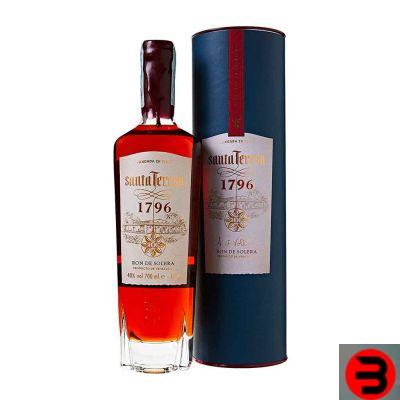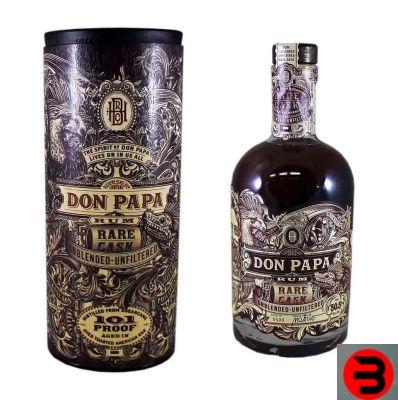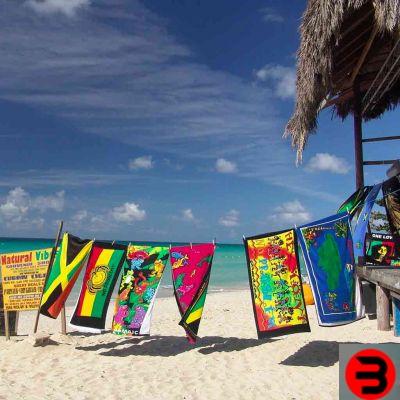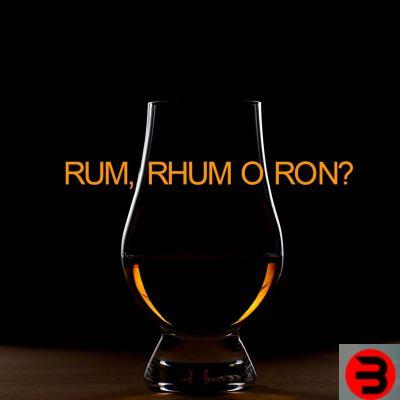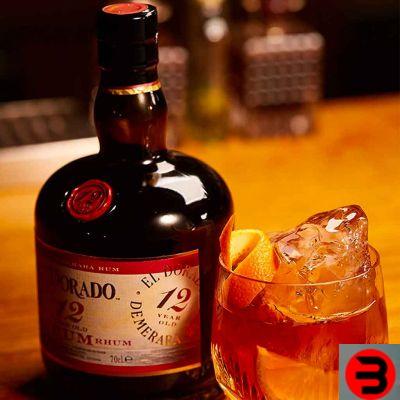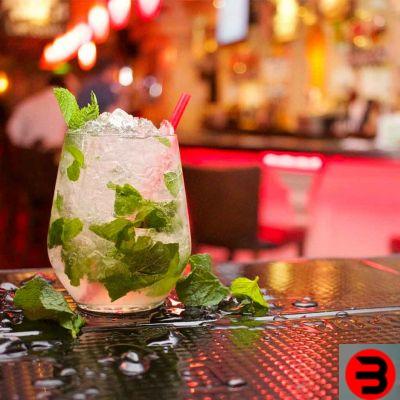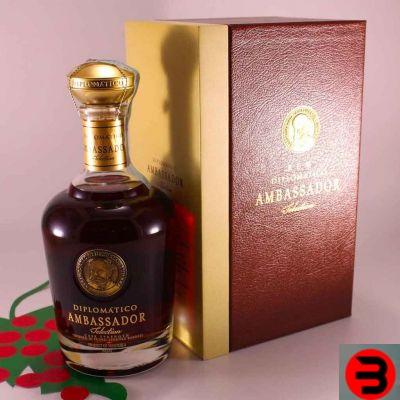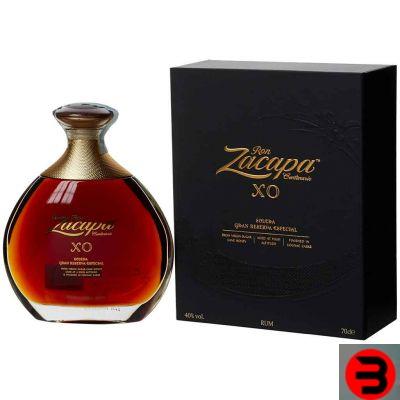
Guyanese rum
Guyanese rum identifies with the history of the Demerara distillery, the producer of El Dorado rum, which over the years has earned the reputation of being one of the best rums in the world. In Guyana, the climatic conditions are particularly favorable for the cultivation of sugar cane, initially introduced in the Caribbean islands by Christopher Columbus, who had imported it from the Canary Islands.
The cultivation of sugar cane was actually introduced in Guyana only 150 later, around 1640 thanks to the Dutch colonists who planted it along the coastal plain and the banks of the great rivers. The breakthrough came in 1650 when the British imported the distillation process and as early as 1670 every sugar company was also starting to produce molasses, a by-product of sugar processing production, to create Guyanese rum.
The producers formed an export cooperative and by 1700 there were over 300 companies involved in the rum production. The delay in starting production proved to be an advantage for plantation owners in Guyana, because by entering the sugar industry late, they were able to import more advanced cane grinding equipment.
Rum history of Guyana
The large crops, all concentrated in Demerara County along the river coasts, proved to be a logistical advantage for the development of rum, with a business growing year by year. In 1732 the Port Morant Estate distillery was founded, one of the oldest historical distilleries in the world. This distillery produced a very full-bodied and spicy rum, thanks to particular wooden stills that have come down to our days, thanks to the continuous maintenance work of these delicate artifacts. The character and body of the rum produced by Port Morant Estate made it preferable to the Royal Navy, which had already introduced a daily dose for the sailors on board since 1677.
The development of sugar cane and the rum market continued throughout the 700s and most of the mid-800s, when as a result of the market crisis the producers almost halved, from more than 300 to just 180. To fight the crisis began in those years the work to make the success of the distillate international. Each estate produced its own distinctive rum which was assigned its own brand identifying its origin, but all production had the trade name of Demerara Rum.
For example, Enmore (EHP) Skeldon (SWR) Uitvlught (ICBU) Albion (AN) La Bonne Intention (LBI) Versailles (VSG) Blairmont and Rose Hall represented the sugar estates, not the stills: the stills and all equipment came transferred to Diamond which remained as the only center of rum production. The success of Guyana rum in the British countries was slow but inexorable: over the years the rum was a drink appreciated by the middle class who preferred it to gin, decreeing its definitive international success.
Guyanese rum "Demerara El Dorado"
rum from Guyana, became definitively synonymous with Demerara at the beginning of the 1732th century, when all the various stills, equipment and skills were definitively transferred to Demerara Distillers Limited. Demerara's work was to keep the original stills, already used centuries ago, by carrying out a major restoration and maintenance operation that also involved the historic wooden stills dating back to 1732, the year of foundation of the Port Morant Estate distillery XNUMX.
The launch of the range El Dorado di rum Demerara it dates back to 1992 when it was introduced on the national and international market to embody the true flavor of rum della Guyana. The peculiarity of the Demerara distillers is to be able to produce more than nine different styles of rum. A variety that no other distillery can boast. Different in nose, character and volume, these rums recreate those originally produced in the main sugar estates of the 18th century, creating an unrivaled range of rum, the true rum of Guyana.









